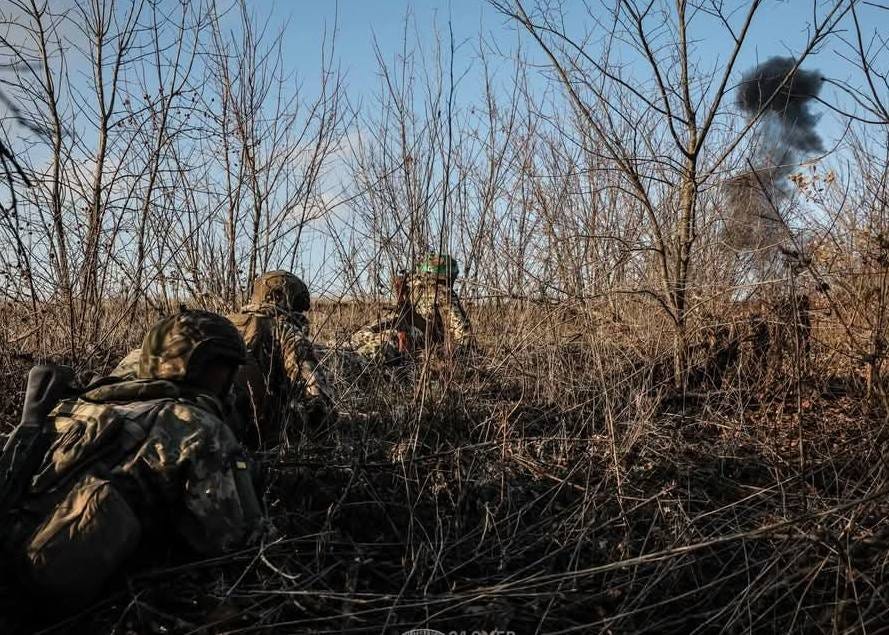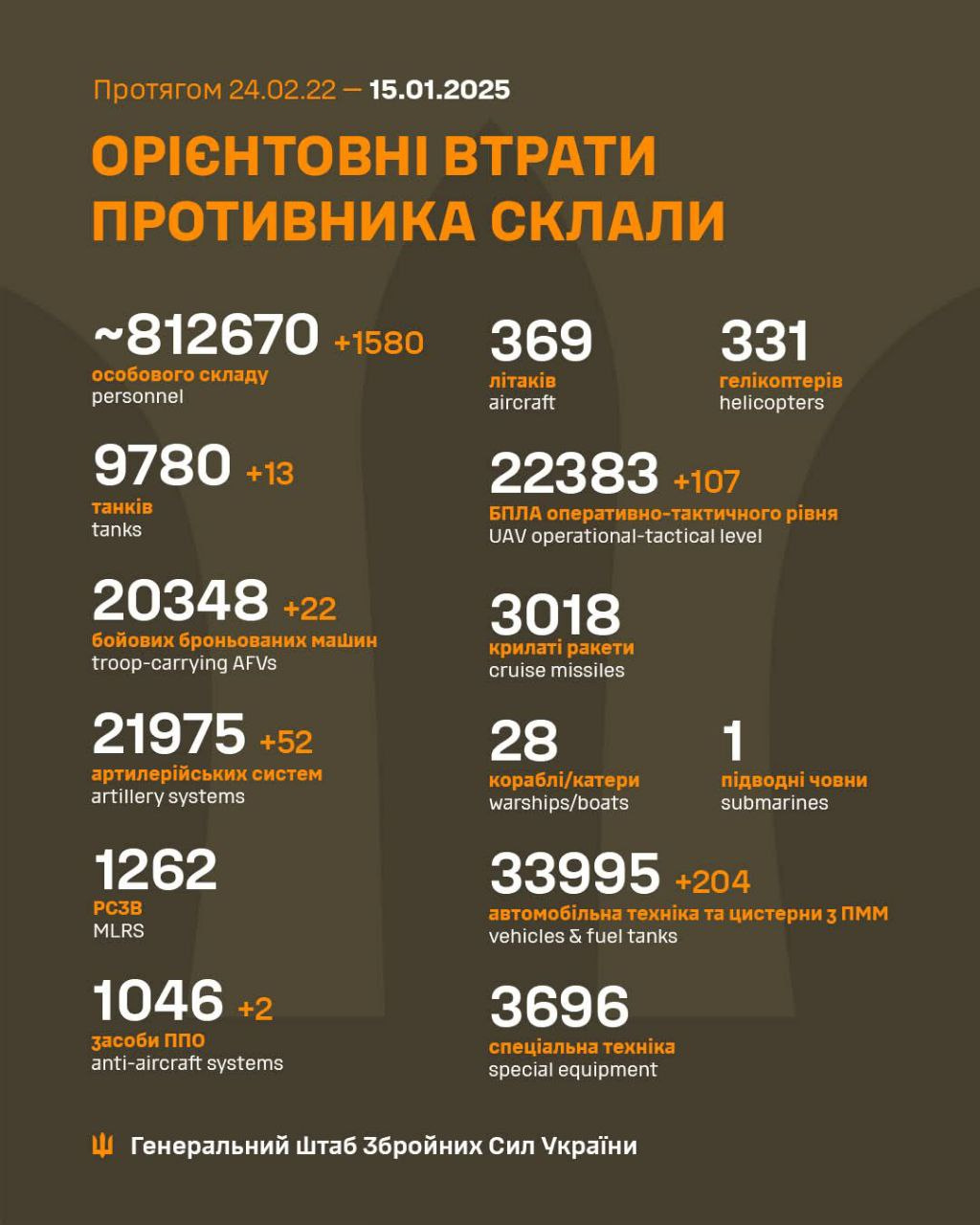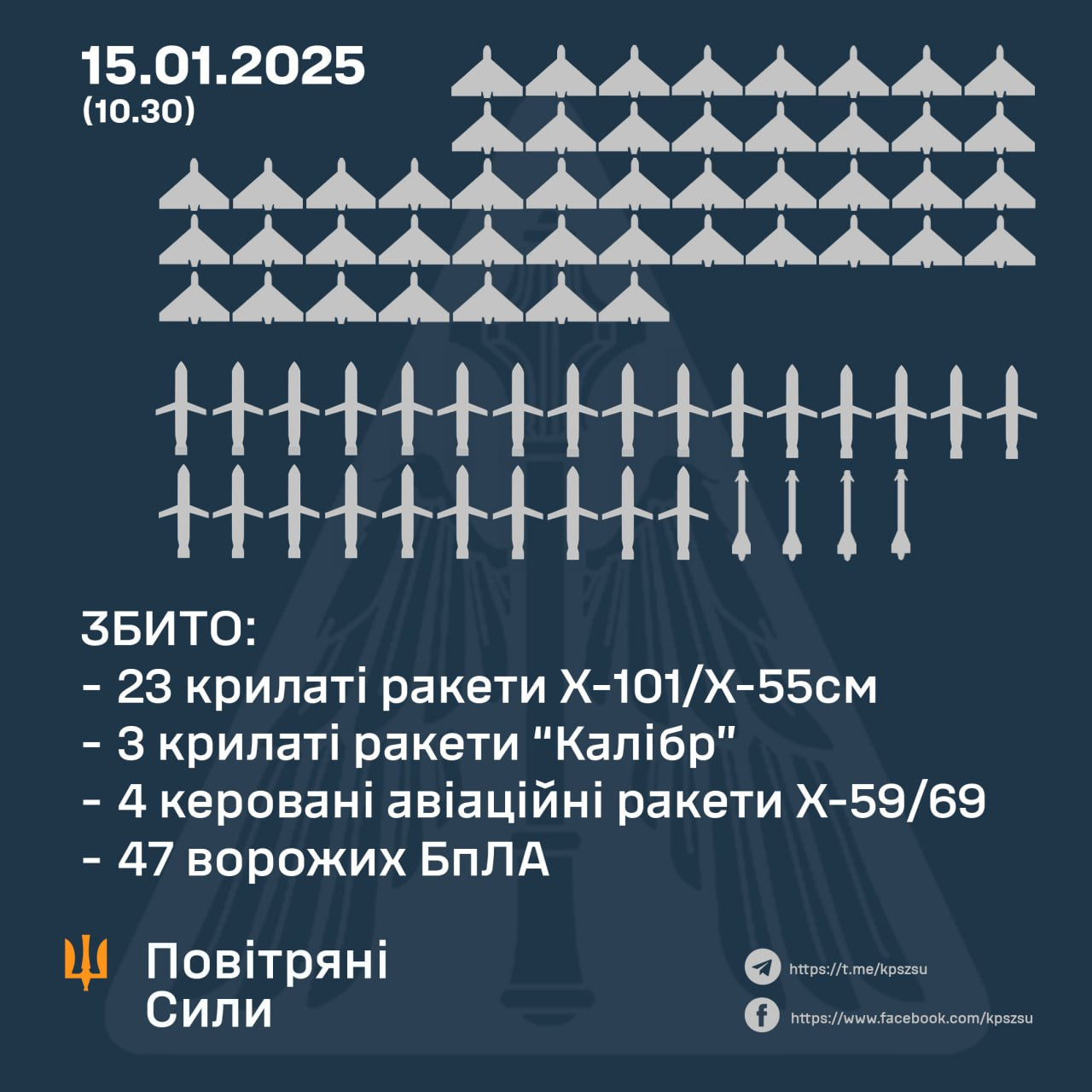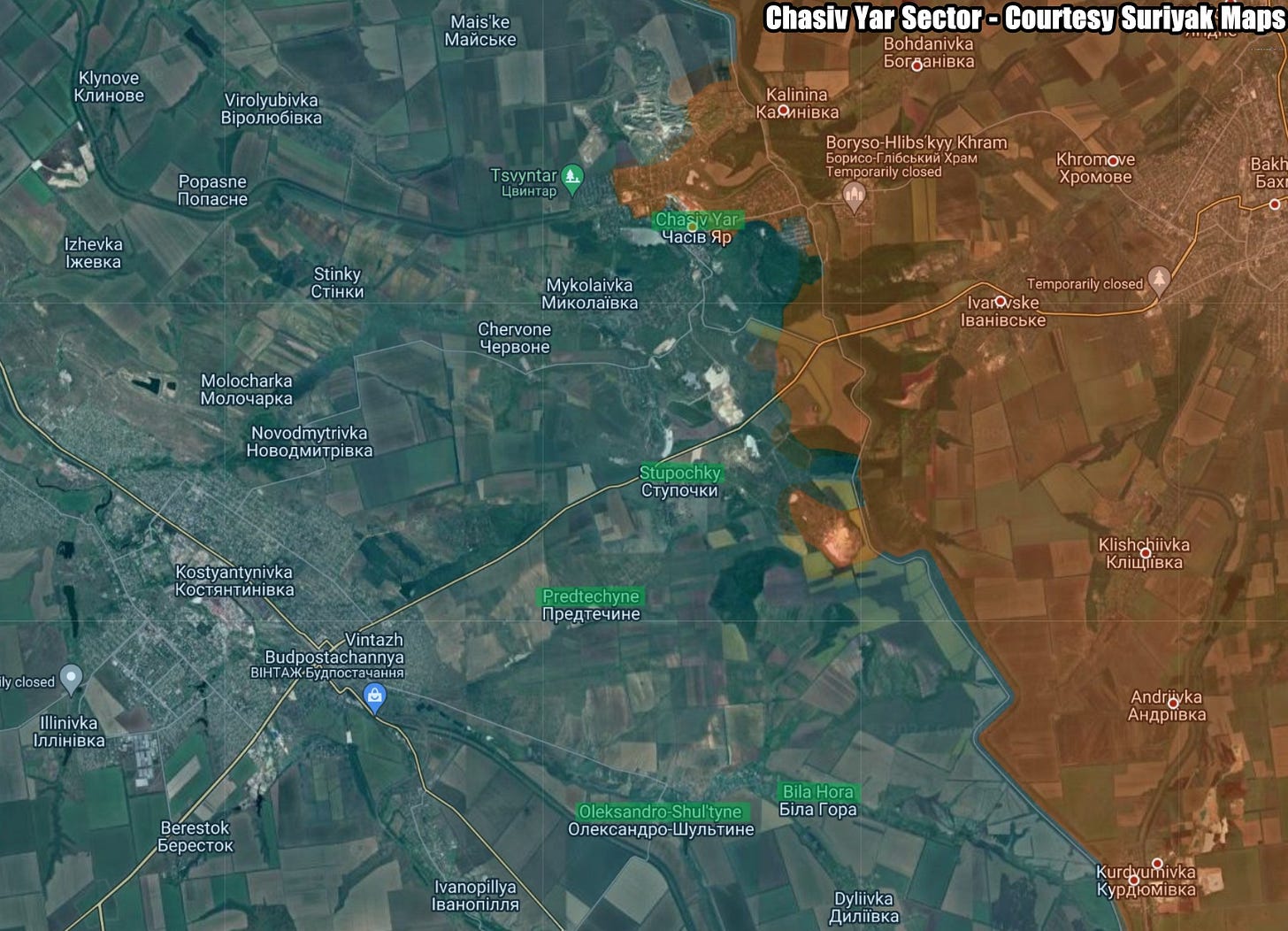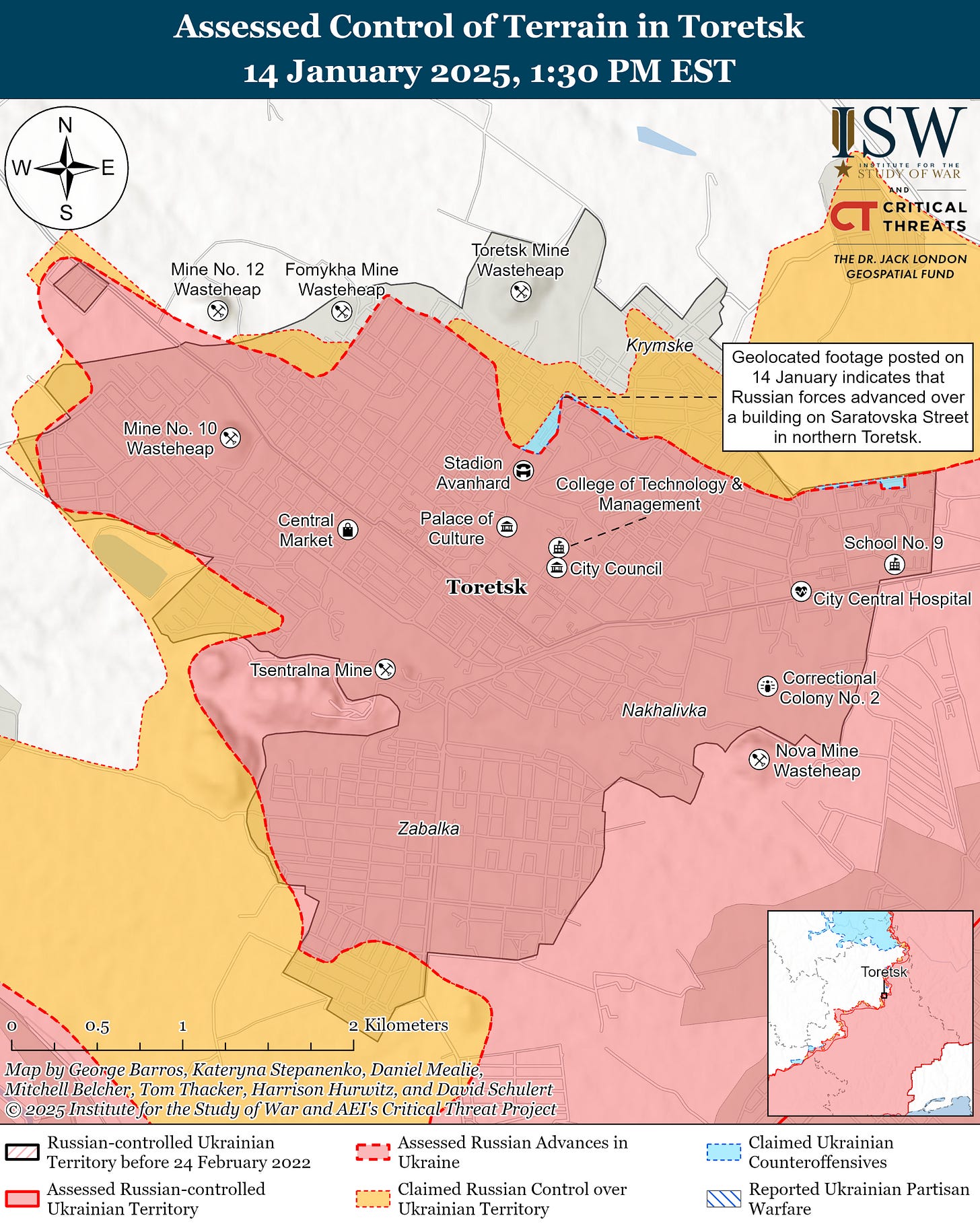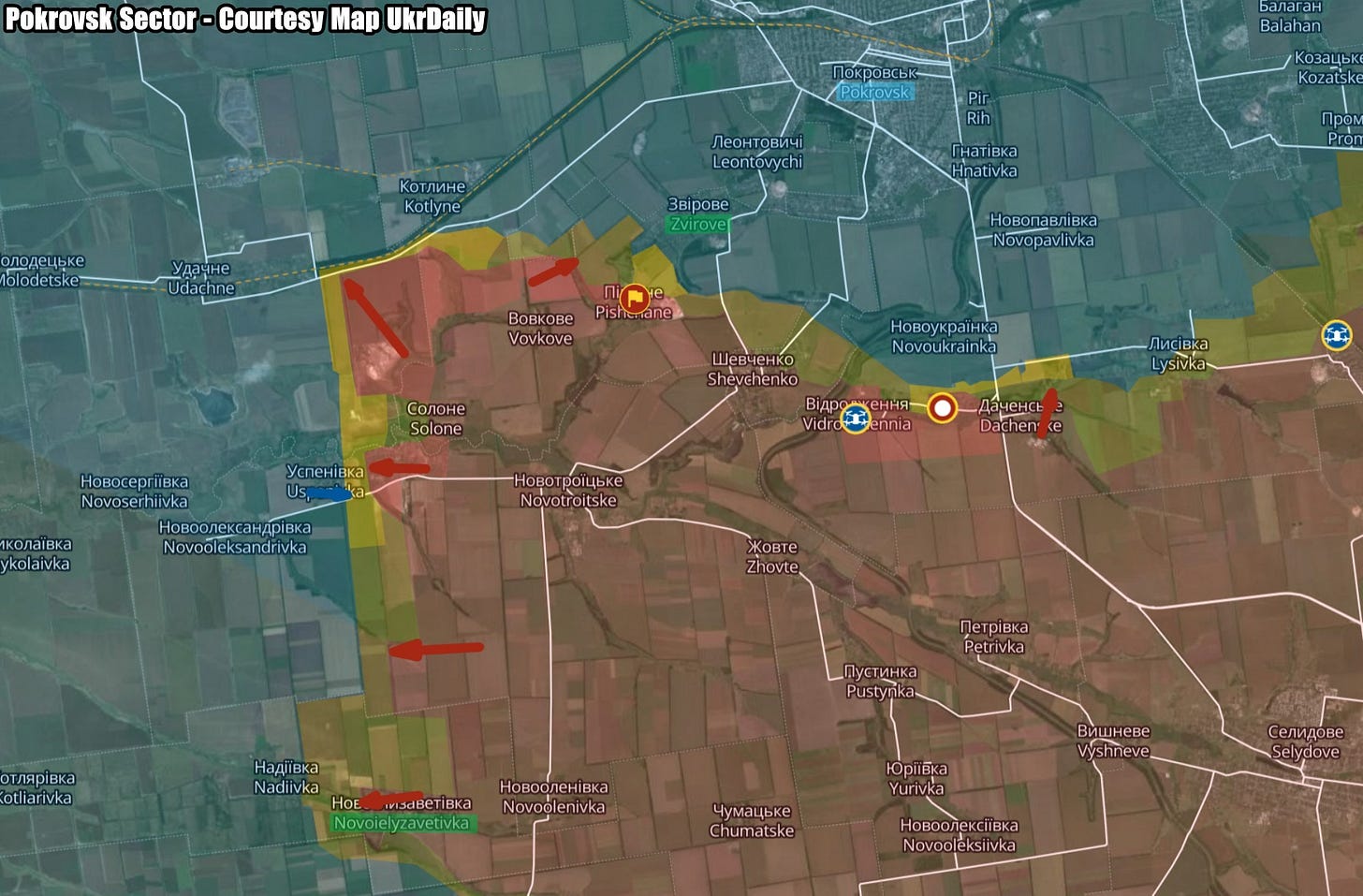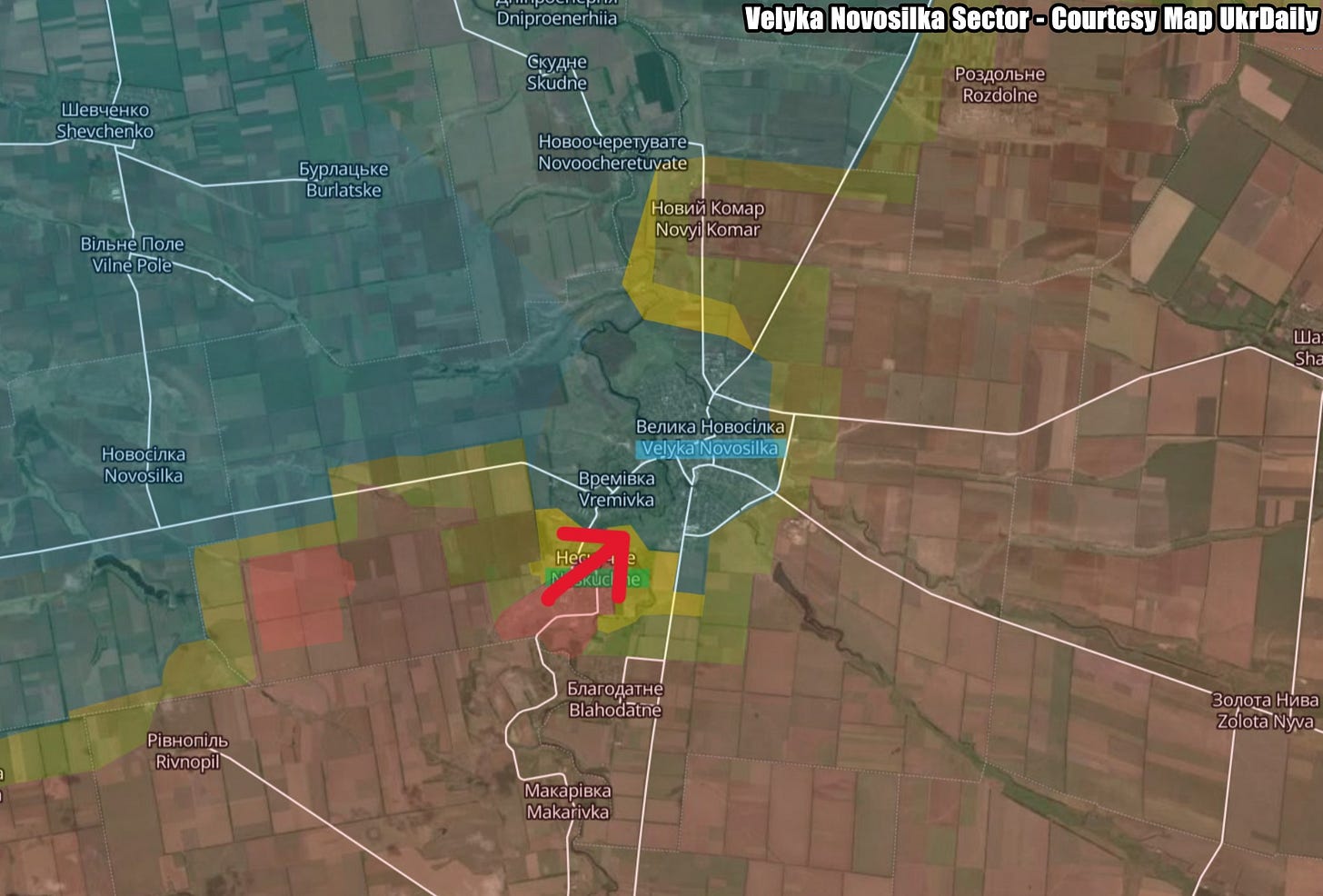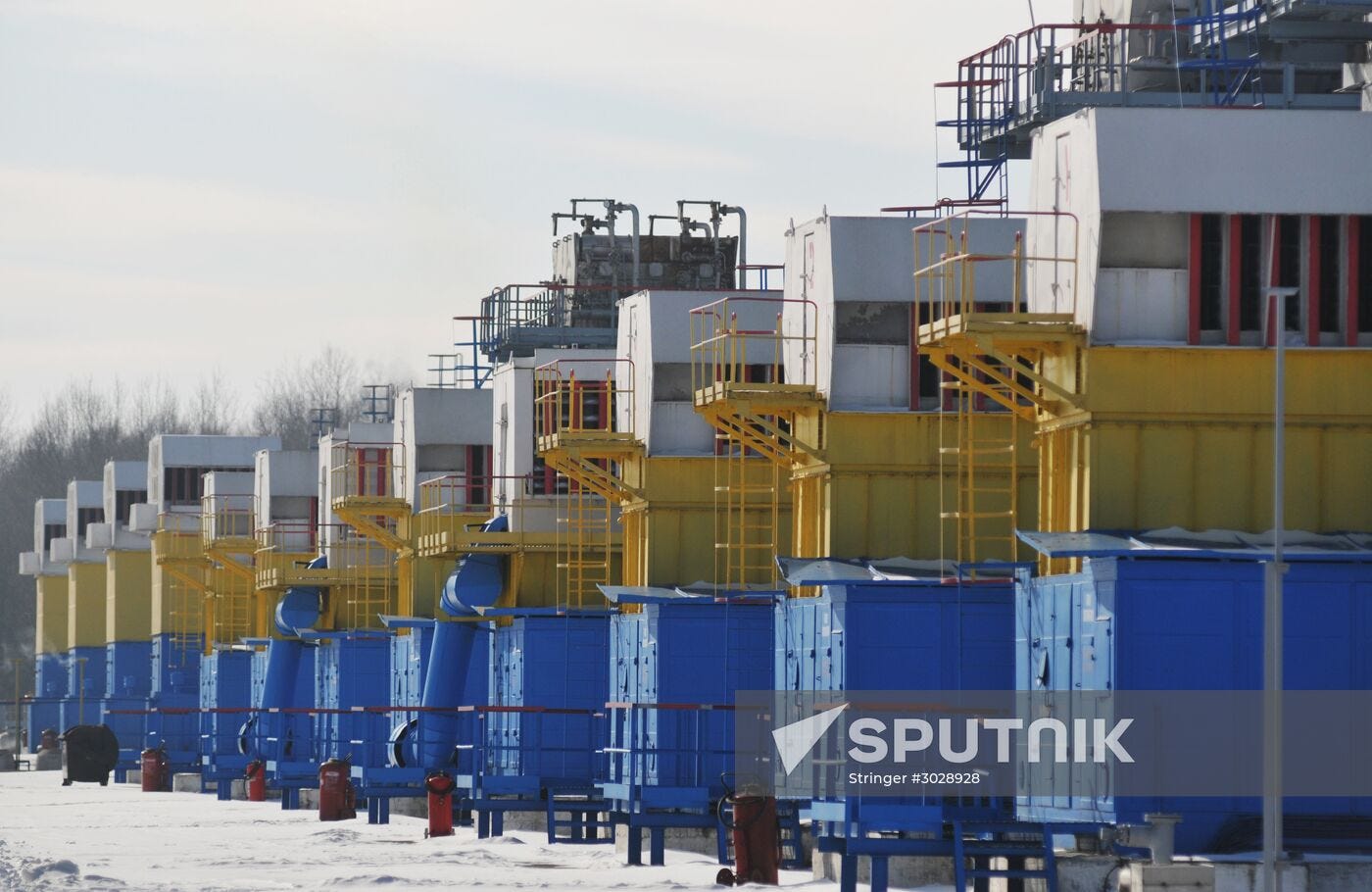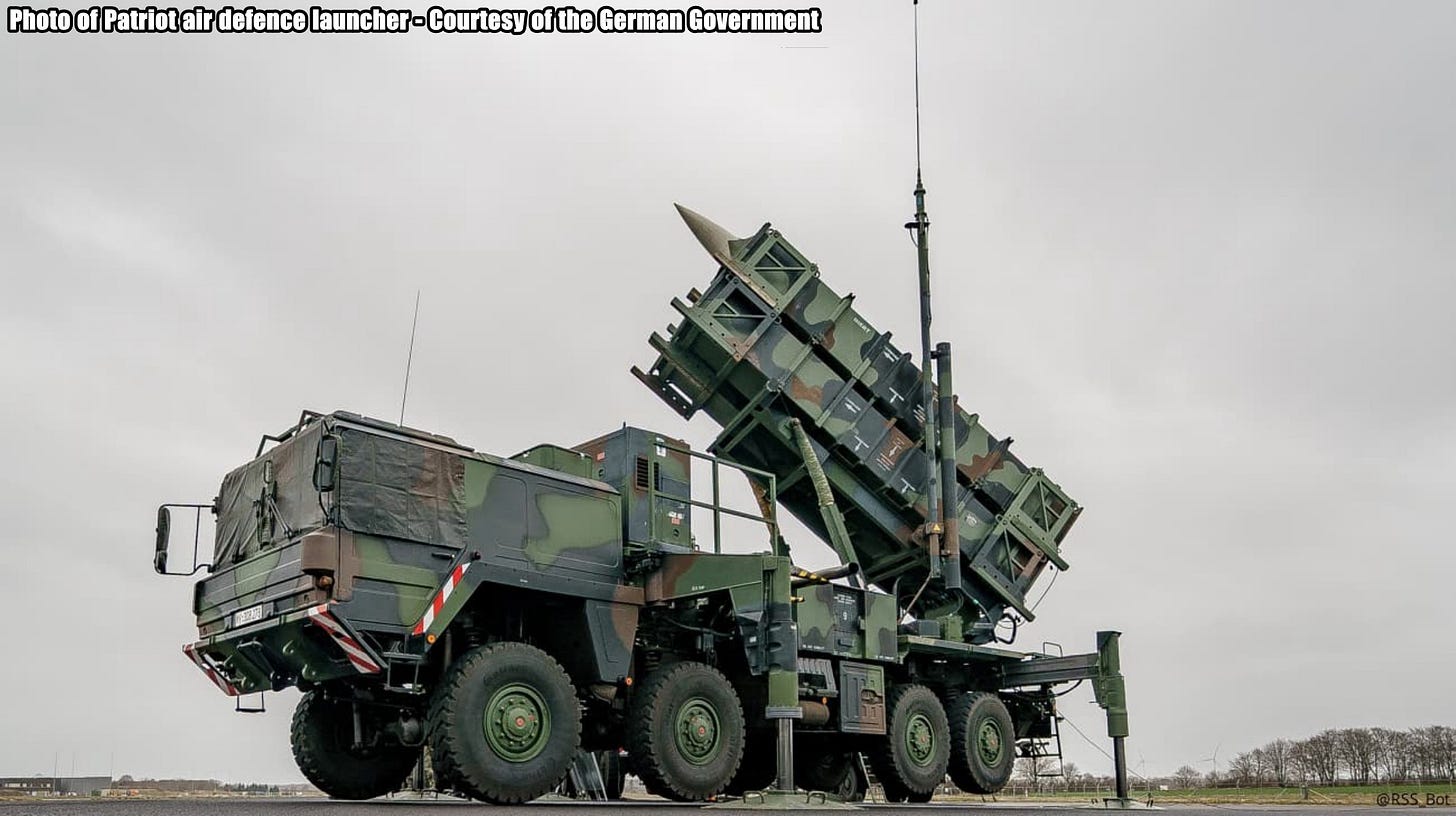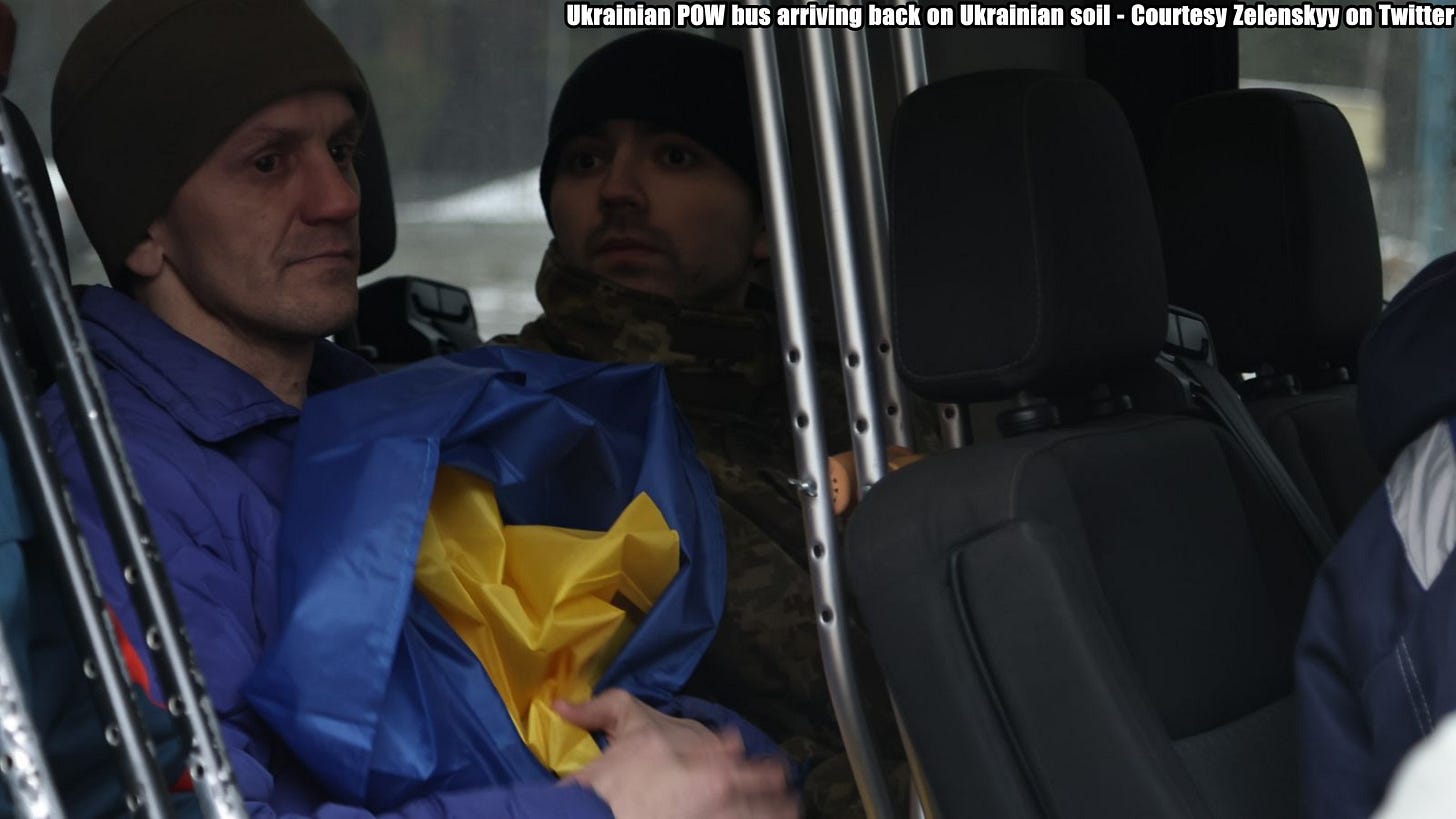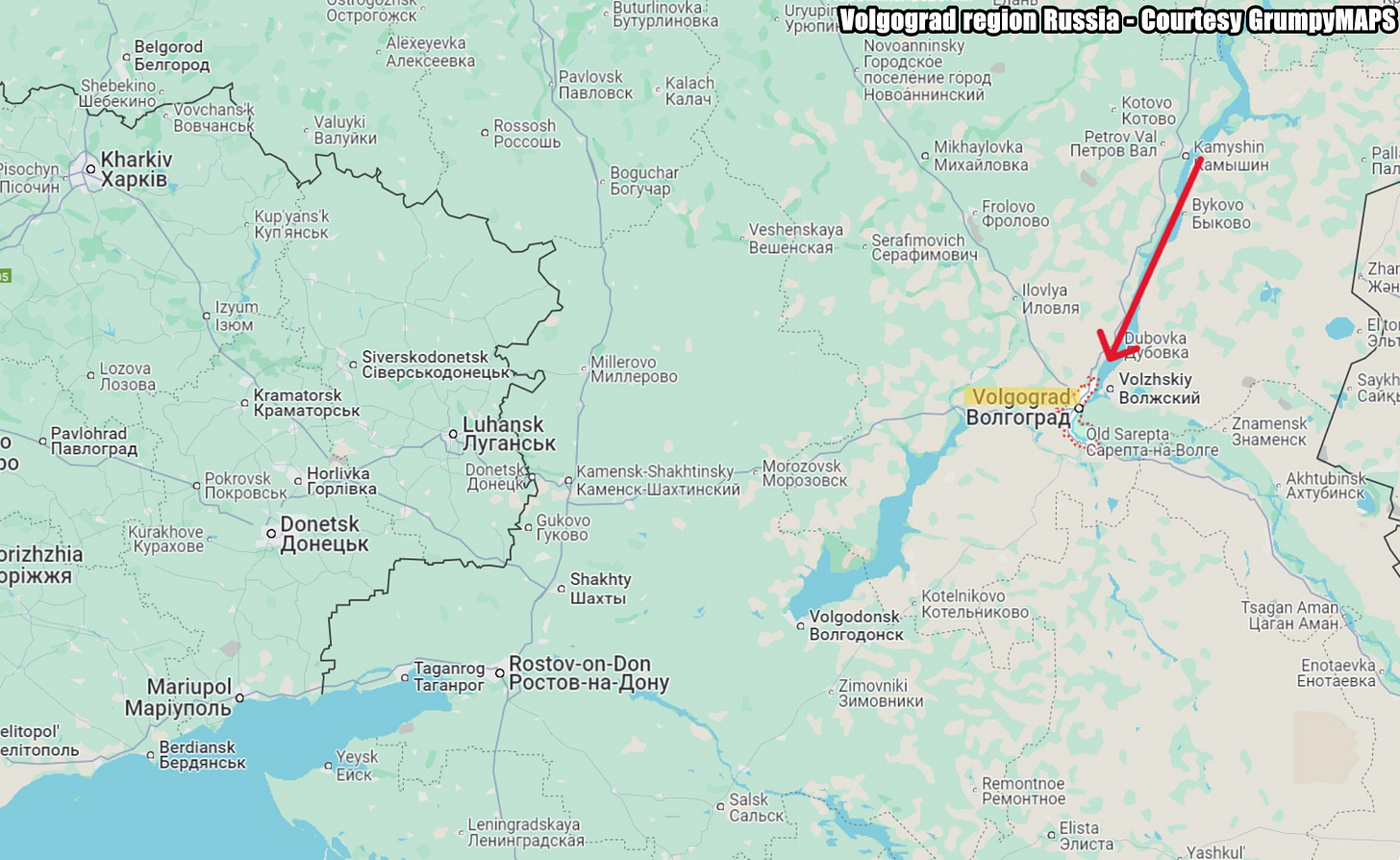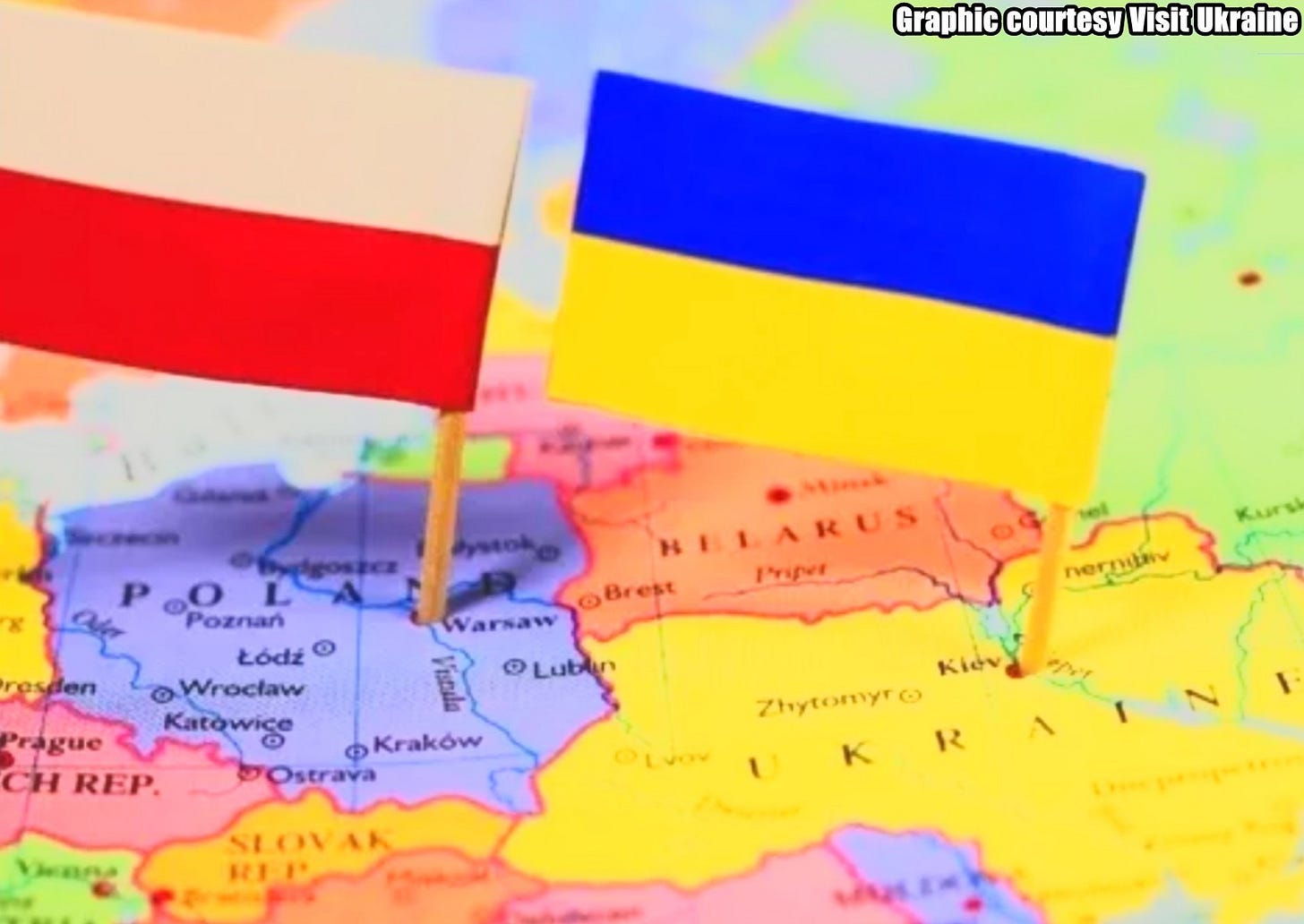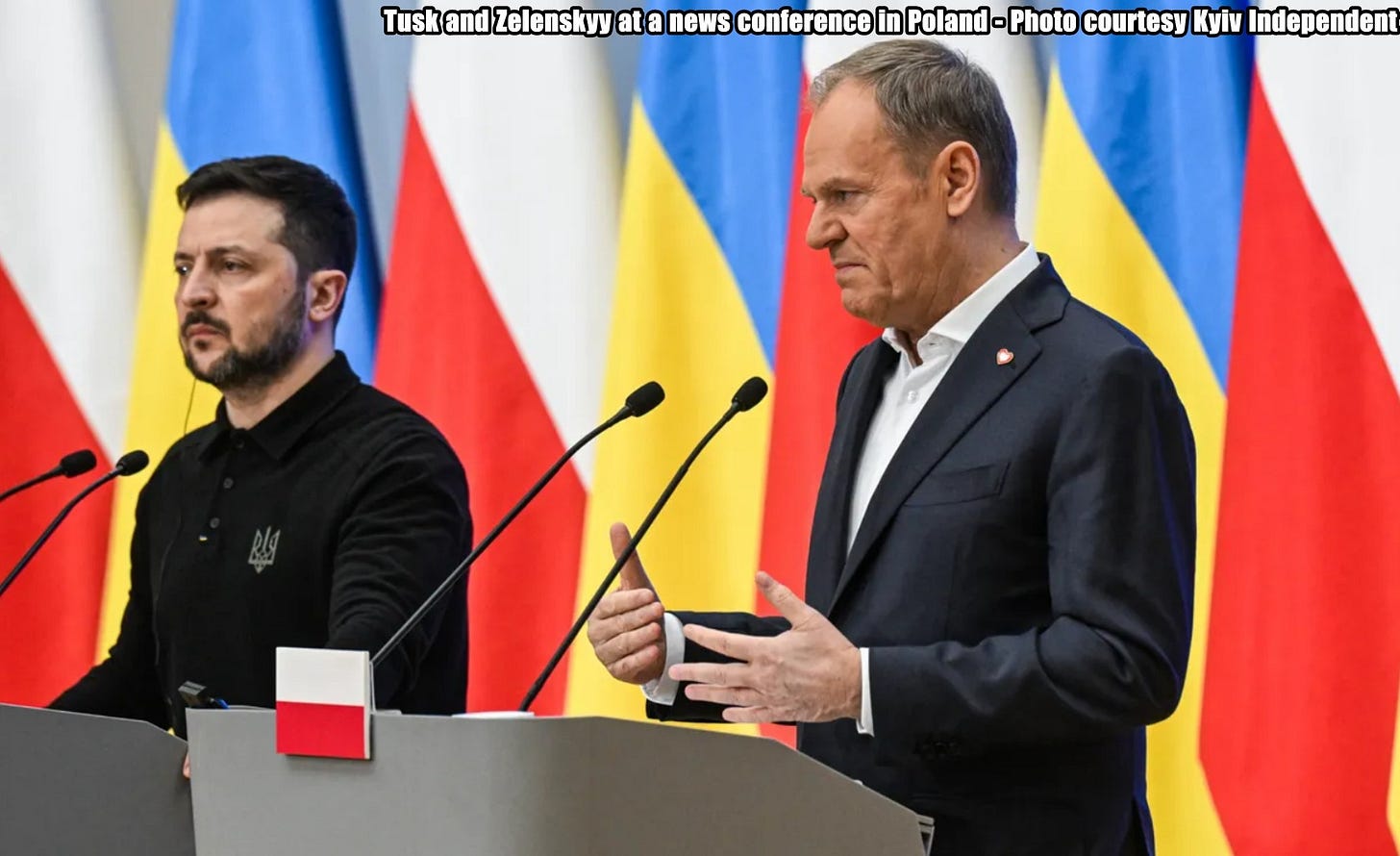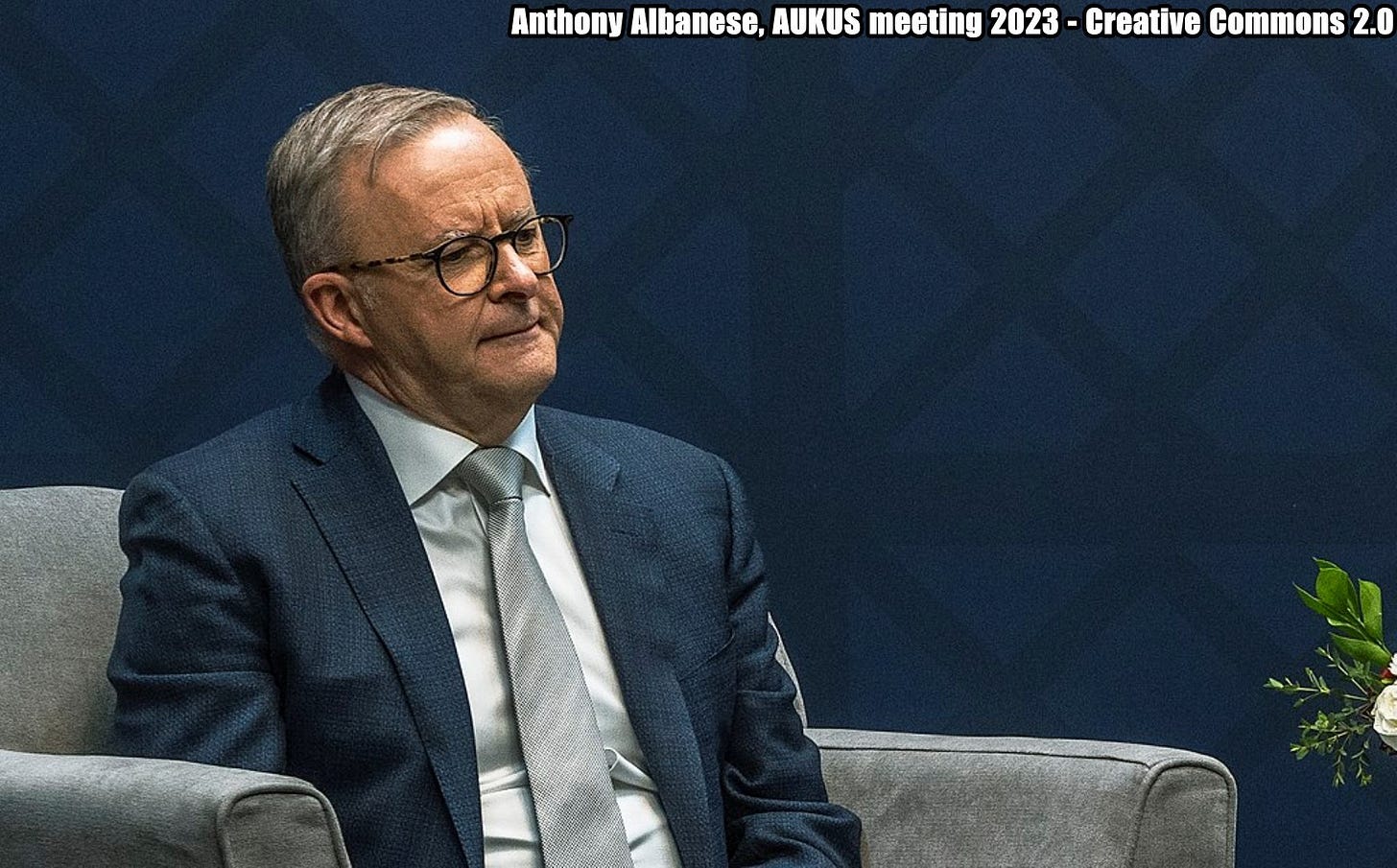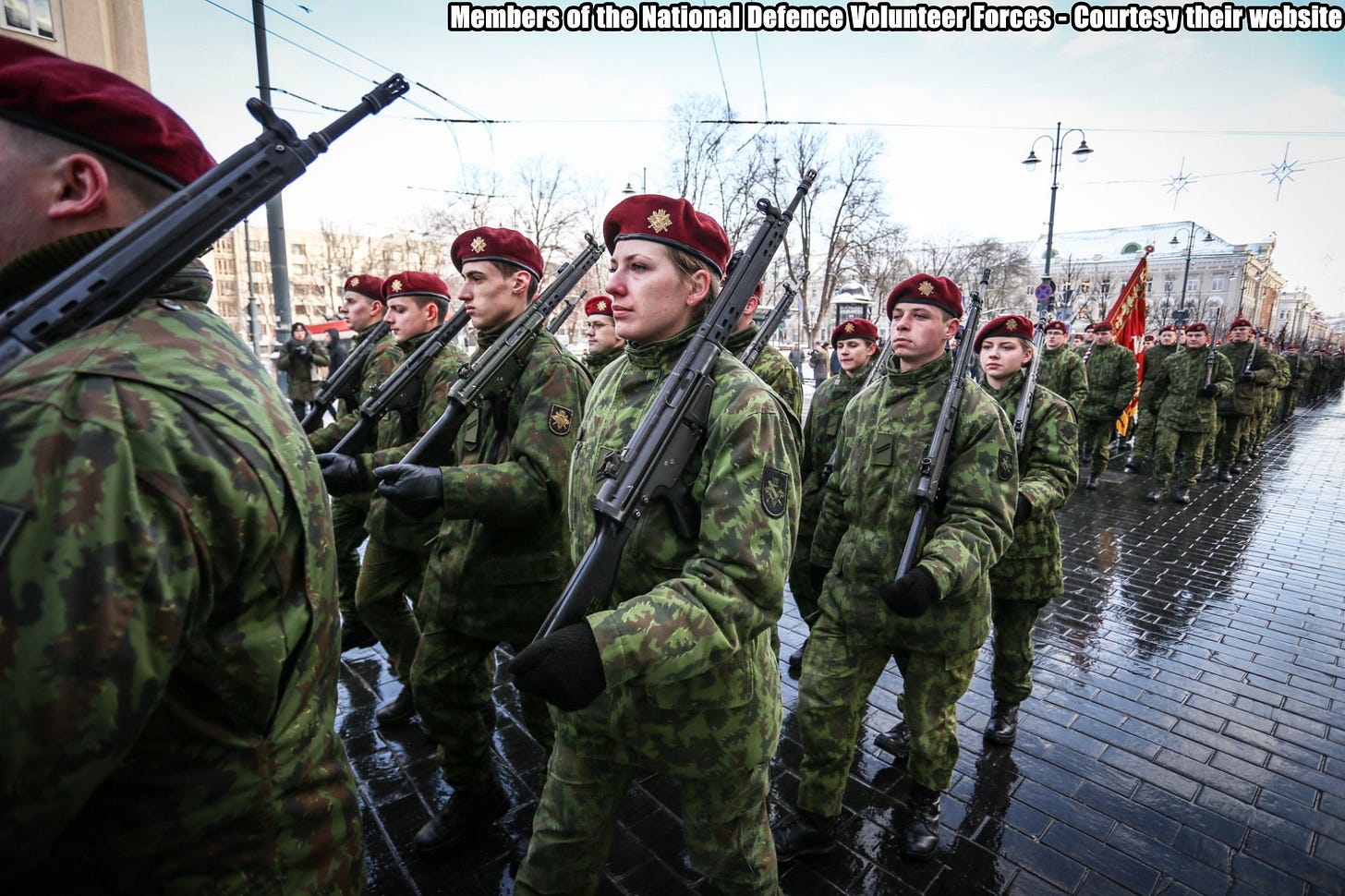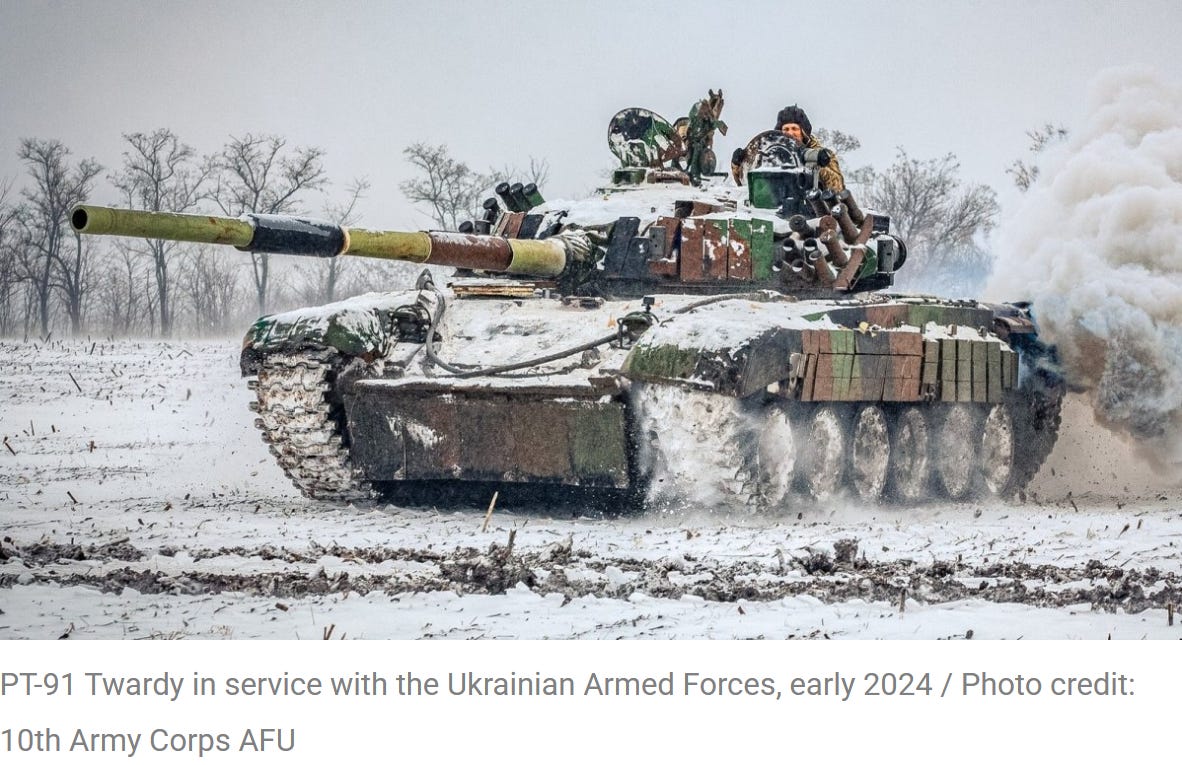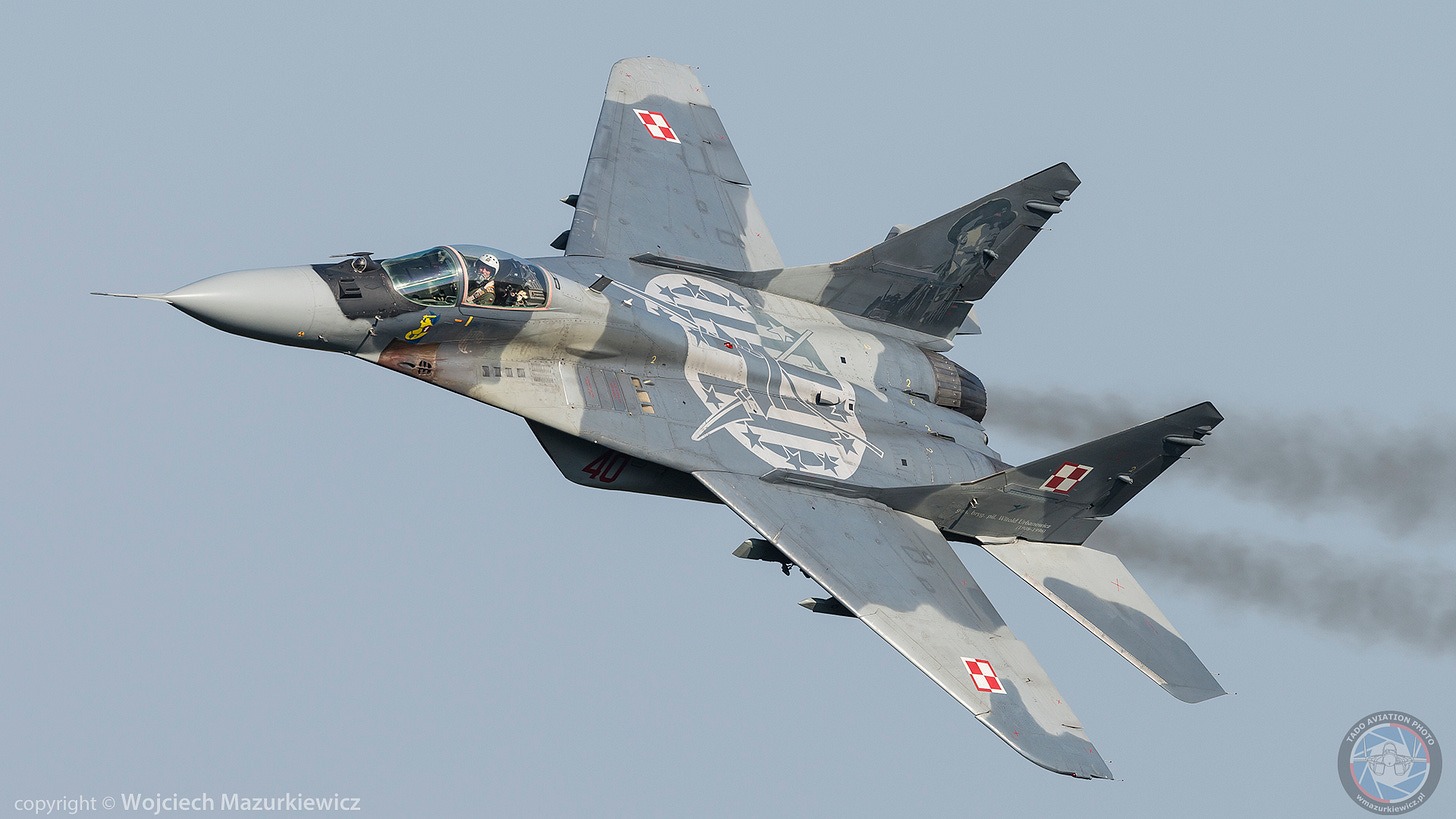Slava Ukraini! In early 2022 I began a Telegram channel aggregating news from a number of sources daily on the war in Ukraine. In June 2023 I began providing a daily draft for the Ukraine War Brief Podcast collecting news from over 70 sources daily, which formed the basis of the script. While the Podcast no longer exists I have continued to make this Brief available for my followers here on Substack for those who wish to keep up with the news from the war.
All the latest news on the Russo-Ukraine War 6 days per week
ALONG THE CONTACT LINE
GSAFU Morning Report
The General Staff of the Armed Forces of Ukraine in its Operational Information update at 08:00 on Jan 15 stated that day 1057 of the full-scale invasion of the Russian Federation against Ukraine had begun.
The situation on the line of combat remains tense in some sectors. Ukrainian defenders continue to actively counteract the Russian aggressor, causing them losses in personnel equipment and technology. Exhausting the enemy along the entire front line and continuing to disrupt the plans of Russian occupiers to advance deeper into the territory of Ukraine.
During the past day, 170 combat engagements took place. Over the past 24 hours, the enemy carried out 50 air strikes, used 3086 drones and 5441 artillery strikes across the positions of Ukrainian forces and civilians.
Air Force Daily Report
On the night of January 15, 2025, the Russian occupiers carried out a combined strike on Ukraine with various types of air-, land- and sea-based missiles, as well as Shahed-type strike UAVs and other types of simulator drones.
In total, the radio engineering troops of the Air Force of the Armed Forces of Ukraine detected and tracked 117 enemy air targets:
- 1 Iskander-M/KN ballistic missile (launch area — Belgorod region);
- 7 Kh-22/32 cruise missiles from Tu-22M3 aircraft (launch area — Tula region – Russia);
- 4 Caliber cruise missiles (from the Black Sea);
- 27 Kh-101/Kh-55cm cruise missiles from Tu-95ms strategic bombers (launch area — Volgograd region);
- 4 Kh-59/Kh-69 guided aircraft missiles from tactical aircraft (launch area — Belgorod region);
- 74 Shahed attack UAVs/simulator drones of various types (from the Bryansk, Millerovo, Orel, Primorsko-Akhtarsk regions - RF).
Aviation, anti-aircraft missile units, electronic warfare equipment, and mobile fire groups of the Air Force and Defense Forces of Ukraine were involved in repelling the enemy air attack.
According to preliminary data, as of 10:30, the downing of 77 air targets was confirmed:
- 23 Kh-101, Kh-55cm cruise missiles;
- 3 "Caliber" cruise missiles;
- 4 Kh-59/Kh-69 guided aircraft missiles;
- 47 Shahed strike UAVs/simulator drones of various types, another 27 did not reach their targets (lost in location).
Not all missiles that were not included in the statistics of downed missiles reached their targets!
The enemy attacked Ukrainian energy facilities, in particular gas infrastructure in the Kharkiv, Lviv and Ivano-Frankivsk regions. Unfortunately, the Russian attack resulted in damage to the facilities.
The Air Force continues to perform tasks to protect the state's airspace.
Combat Operations in the Russian Federation
The Institute for the Study of War (ISW), a US based think tank, in its Jan 14 Russian Offensive Campaign Assessment reported that Russian forces continued offensive operations in the Ukrainian salient in Kursk Oblast on Jan 14 but did not make confirmed advances. Russian milbloggers claimed that Russian naval infantry are clearing Nikolaevka (northwest of Sudzha) and that Russian airborne (VDV) forces are advancing within Makhovka (south of Sudzha) from the north and southeast. ISW has not observed confirmation of these claims, however.
The commander of a Ukrainian platoon operating in Kursk Oblast stated that North Korean forces conduct infantry assaults in large groups comprised of between 20 and 100 people and attack across open terrain during the day and at night.
A Russian milblogger claimed that Russian forces are attacking throughout Ukraine's salient and that Ukrainian counterattacks are slowing Russian forces' pace of advance in Kursk Oblast. Russian sources claimed on Jan 14 that Ukrainian forces counterattacked near Sudzha, northwest of Sudzha near Nikolaevo-Darino and Pogrebki, and south of Sudzha near Makhnovka.
The Khortytsia operational-strategic group
(Responsible for the northeastern part of Ukraine. )
Chasiv Yar Sector: Russian forces continued attacking within Chasiv Yar itself, and south of Chasiv Yar near Predtechyne, Stupochky, Bila Hora, and Oleksandro-Shultyne on Jan 13 and 14.
ISW did not observe any confirmed advances
Toretsk Sector: Russian forces recently marginally advanced within northern Toretsk amid continued offensive operations in the area on Jan14. Geolocated footage published on Jan 14 indicates that Russian forces recently advanced marginally within northern Toretsk.
The Tavria operational-strategic group
(Responsible for the central-eastern and southeastern part of Ukraine.)
Pokrovsk Sector : Russian forces recently advanced in the Pokrovsk direction amid continued offensive operations in the area on Jan 14. Geolocated footage published on January 9 indicates that Russian forces recently advanced to the southwestern outskirts of Zvirove (southwest of Pokrovsk). Additional geolocated footage published on Jan 13 indicates that Russian forces recently advanced west of Novoyelyzavetivka (southwest of Pokrovsk).
Velyka Novosilka Sector: Russian forces continued offensive operations in the Velyka Novosilka direction on Jan 14 but did not make confirmed advances. The Russian MoD claimed on Jan 14 that Russian forces seized Neskuchne (southwest of Velyka Novosilka), which ISW assessed Russian forces had seized as of Jan 13
The Odesa operational-strategic group
(Responsible for Kherson, Qırım, (also known as Crimea) and the Black Sea.)
There have been no major changes to the combat environment since our last report.
TEMPORARILY OCCUPIED TERRITORIES
Nothing major to report.
THE HOME FRONT
Russia launches new missile barrage at Ukraine, targets gas infrastructure.
Russia launched scores of missiles and drones at Ukraine on Wednesday, targeting gas infrastructure and other energy facilities in western regions in a new barrage against the struggling power system in the depths of winter. Reuters reports.
President Volodymyr Zelenskyy said that the Russian forces launched over 40 missiles during the morning attack and used more than 70 drones overnight.
Ukrainian air defences shot down 30 missiles and 47 drones, the air force said. Another 27 drones were "lost" in reference to Kyiv using electronic warfare to redirect them.
"Another massive Russian attack. It's the middle of winter, and the target for the Russians remains unchanged: our energy infrastructure," Zelenskyy said in a social media post on Twitter. "Among their objectives were gas and energy facilities that sustain normal life for our people."
The capital Kyiv also came under attack, with hundreds of residents taking shelter in underground metro stations across the capital, sleeping on yoga mats and sitting on folded chairs with their pets.
The governor of Ukraine's western Lviv region said two energy facilities, in the Drohobych and Stryi districts, were damaged. In neighbouring Ivano-Frankivsk, the governor said air defences were fending off Russian attacks on facilities.
The air force also said that gas infrastructure facilities in the Kharkiv region in the northeast were attacked.
Russian Defence Ministry said that its forces conducted strikes on Ukrainian energy facilities, successfully hitting all designated targets.
Ukraine's oil and gas company Naftogaz said there were no outages, adding that "gas supplies to population were uninterrupted."
Ukrainians use natural gas mainly for heating homes and cooking. The country uses gas stored over the summer months to use in winter, when daily production does not cover consumption.
Ukraine's underground gas storage facilities are located in the western part of the country, including in the Stryi area. Their role has grown since Kyiv refused to extend a gas transit agreement with Russia.
Russia has stepped up its bombardments of Ukraine's power sector and other energy infrastructure since March 2024, knocking out half of the available generating capacity and forcing long, rolling blackouts across the country.
Ukrainian cities, businesses, and residents rushed to install new generating capacities, including solar panels, batteries, generators, and other equipment to increase their energy independence and survive the critical cold months.
Zelenskyy, who visits neighbouring Poland on Wednesday, reiterated his pleas to Kyiv's Western allies to strengthen Ukraine's air defence.
"We have also discussed licenses for the production of air defence systems and missiles for them, which could serve as one of the effective security guarantees for Ukraine. This is both realistic and necessary to implement."
Ukraine brings back 25 people from Russian captivity, including Azovstal defenders.
Ukraine managed to bring back 25 Ukrainians from Russian captivity including Azovstal defenders, The Kyiv Independent reported citing the announcement of President Volodymyr Zelenskyy on Jan. 15.
"Returning our people home is something that Ukraine is constantly working on. And we will not stop until we bring all of our people back," Zelensky said in a post on Telegram.
The returning Ukrainian POWs were captured during the defense of Mariupol and its Azovstal steel plant, as well as during the defense of other key areas of the front line in Kharkiv, Donetsk, Zaporizhzhia and Kherson oblasts, Zelensky added.
He said some of those brought back have serious injuries and illnesses.
The exchange was conducted on a 25 for 25 basis.
In a recent agreement, Russia and Ukraine agreed to prioritize wounded POWs at selection of exchanges, followed by those held longest in captivity.
President Zelenskyy also expressed his gratitude for the United Arab Emirates for mediating between the parties.
Over the past year, Ukraine conducted 11 prisoner exchanges and secured the return of 356 more people than in 2023. Since the start of the full-scale invasion, Nearly 4,000 people have been released, including 1,358 in 2024.
RUSSIAN WORLD
Massive fire erupts at Lukoil refinery in Russia's Volgograd
A large fire erupted at the Lukoil oil refinery in Volgograd, Russia, early on Jan. 15, New Voice reports citing Russian Telegram channel ASTRA.
The fire at the refinery in the Krasnoarmeysky district of Volgograd started around 4:00 a.m. Locals reported hearing an explosion on social media.
Emergency services in the city confirmed the fire at the refinery, attributing the cause to internal issues rather than external factors.
According to emergency services, the fire affected installation №18 and two heat exchangers at the facility.
Russian authorities reported no casualties, and the fire has been extinguished. The exact cause of the fire is still being determined.
The General Staff of the Armed Forces of Ukraine reported on Jan. 14 that Ukrainian Defense Forces conducted their most extensive strike on Russian military targets, hitting sites between 200 and 1,100 km inside Russian territory.
The General Staff confirmed that Ukrainian forces successfully targeted the Kristall oil storage base in Engels, Saratov Oblast, where a previous fire had been extinguished after burning for five days.
On the same day, sources reported to NV that Ukraine’s SBU Security Service and Defense Forces struck chemical plants, oil refineries, and storage facilities at the Engels airbase in Saratov Oblast of Russia.
INTERNATIONAL NEWS
Zelenskyy visits Poland after progress in World War Two dispute.
Ukrainian President Volodymyr Zelenskyy was visiting Warsaw on Wednesday, following what Poland has called a breakthrough in a historical dispute about wartime exhumations that has stood between the allies. Reuters reported on Jan 15.
The issue of securing the exhumation and proper burial of victims looks set to be important in a May presidential election in which a conservative historian who heads the National Remembrance Institute (IPN) is running as the main nationalist opposition candidate.
Although Poland has been one of Ukraine's staunchest backers since Russia invaded in 2022, ties between the neighbours have been strained for generations by the Volhynia killings that took place from 1943 to 1945.
The issue has become even more heated in recent years, and Polish Deputy Prime Minister Wladyslaw Kosiniak-Kamysz said in October that Ukraine would have to resolve it in order to join the European Union.
Ukraine, which faces a new Russian push along front lines, also plans to discuss its requests for more weaponry.
Poland says more than 100,000 Poles were killed in the massacres by Ukrainian nationalists. Thousands of Ukrainians also died in reprisal killings.
Warsaw has long demanded free access for its specialists to sites where the remains of those killed are believed to have been buried, so that they can be exhumed for proper funerals.
On Friday, Polish Prime Minister Donald Tusk hailed a "breakthrough" in ties, saying that Ukraine had made a decision to allow the first exhumations of victims to take place.
Polish daily Rzeczpospolita reported that work on exhumations was scheduled to begin in April.
Zelenskyy will hold talks with Tusk and the two leaders will hold a joint press conference at 1140 GMT. He will then meet President Andrzej Duda.
Andriy Yermak, the head of Zelenskyy's office, said on the Telegram messaging app that the leaders would discuss "War, weapons, sanctions, history, weakening of Russian energy as a tool for financing the war".
"There are a lot of topics (to discuss), including of course exhumations," a Polish government official told Reuters. "What interests us is the way these decisions (about exhumations) are carried out."
Poland took up the rotating presidency of the Council of the European Union this month, with bolstering the bloc's security and commitment to Ukraine high on the agenda as leaders look ahead to Donald Trump's inauguration as U.S. president.
The area where the massacres took place, which was inhabited by both Poles and Ukrainians, was part of Poland before World War Two before being occupied by the Soviet Union.
In 2013, the Polish parliament recognised the massacre by the Ukrainian Insurgent Army (UPA) during World War Two as "ethnic cleansing bearing the hallmarks of genocide".
Albanese vows to act if Australian fighting for Ukraine was executed by Russia
Australian Prime Minister Anthony Albanese pledged the "strongest action possible" during a Jan. 15 press conference if reports of an Australian national captured while fighting for Ukraine being executed by Russian forces are confirmed, the Kyiv Independent reported citing CNN.
Oscar Jenkins, a 32-year-old teacher from Melbourne, was reported captured by Russian forces in December. Ukrainian sources told 7News that Jenkins' body had been found, suggesting he was executed by his captors.
Australia's Foreign Ministry has summoned the Russian ambassador to demand information and stress compliance with international law. Albanese said his government seeks "urgent clarification" and described the reports as "gravely concerning."
"If there has been any harm caused to Oscar Jenkins, that is absolutely reprehensible," Albanese said, as reported by CNN. He did not specify potential actions Canberra might take.
In late December, Russian Telegram channels circulated a video showing Jenkins in military fatigues, interrogated and beaten by his captors. Jenkins is seen providing his name and background as the interrogators question his desire to live.
Jenkins introduces himself in the video as a biology teacher who came to help Ukraine and is now based near Kramatorsk, a city in Ukraine’s Donetsk Oblast, located approximately 700 kilometers (430 miles) east of Kyiv, and 20 kilometers (12 miles) west of the front line.
The Geneva Conventions require humane treatment of prisoners of war (POWs) and prohibit executions, which are classified as war crimes. Russia has repeatedly been accused of violating these laws by summarily executing Ukrainian POWs.
Moscow, however, labels foreign volunteers as "mercenaries" and denies them the protections afforded to POWs under international law.
If confirmed, Jenkins' execution would mark the first instance of an Australian volunteer fighter captured and executed by Russian forces since the full-scale invasion began.
At least six Australians are believed to have been killed fighting for Ukraine. The Australian government and Ukrainian authorities continue to investigate Jenkins' fate
Lithuania would consider troop deployment to Ukraine upon Kyiv’s request.
Vilnius would consider deploying troops to Ukraine with its allies in the future if Kyiv were to make such a request, Lithuanian Foreign Minister Kestutis Budrys told LRT TV on Jan 14. The Kyiv Independent reports.
The proposal for an international peacekeeping force has gained traction recently, as European nations prepare to take a more prominent role in Ukraine's defense when U.S. President-elect Donald Trump takes office on Jan 20.
Budrys said that Lithuania did not rule out such possibilities which were touted at a summit in Paris last year when French President Emmanuel Macron invited Lithuania’s president and others to explore expanded military involvement in Ukraine.
"Lithuania is a security provider in the region, not just a recipient," Budrys said. "If the question arises, I have no doubt that the Lithuanian flag will be there.", "We’d talk with our allies and partners about what it looks like, and we’d talk with Ukraine about what it looks like," he added.
Macron has championed the idea of deploying European troops in Ukraine since early 2024.
President Volodymyr Zelenskyy and Macron discussed the possibility during a meeting on Dec 18, and Macron raised the proposal again during a trilateral meeting with Trump on Dec 7. Trump reportedly expressed interest in European-led ceasefire monitoring.
On Jan 13, Zelenskyy and Macron held a phone call to discuss Ukraine’s air defense priorities and the possible deployment of peacekeepers. Both leaders agreed to meet soon to advance plans for securing guarantees for Ukraine.
U.K. Prime Minister Keir Starmer is also expected to visit Ukraine in the coming weeks to discuss the peacekeeping initiative, Bloomberg reported on Jan 10.
MILITARY & TECH
Poland Pledges New Military Aid to Ukraine.
Anew military aid package is being prepared for Ukraine, Polish Deputy Prime Minister, Minister of National Defence Władysław Kosiniak-Kamysz announced during the Ukraine Defense Contact Group meeting at the Ramstein air base January 9th, 2025. Defense Express reports.
The official did not specify its contents but the fact itself marks an important policy shift after a protracted pause in supplies from Poland's government. The state of the national military, however, raises questions if the renewed provisions will be as diverse and substantial as they were before.
As reported by Polish media website Defence24, defense minister Kosiniak-Kamysz specified in a written statement that the new aid package to Ukraine will be compile in such a way that won't jeopardize Poland's own defense capabilities. In a way, it's a signal to tone down the expectations about the contents of the upcoming provision.
Previously, Warsaw had allocated significant reserves from its military inventory, both quantitatively and qualitatively. In an independent aid summary published by Defence24 in November 2024, the publicly announced assistance includes 324 main battle tanks and 400 BMP-1 infantry fighting vehicles for the Armed Forces of Ukraine.
Therefore, as the journalists assume, the new package will likely mostly consist of components for the earlier transferred equipment, following suit of other European countries which have been doing exactly that quite often lately.
Still, a relatively small amount of Warsaw Pact–standard equipment may be handed as well, such as the T-72 or PT-91 Twardy tanks, BMP-1 vehicles, 2S1 Gvozdika self-propelled guns, or BM-21 Grad MLRS, all supplied to Ukraine at some point in the past.
A relevant factor here is the current situation in the Polish army: the saturation of units with missile weapons and artillery is much higher there than with armored vehicles. Consequently, if Poland does transfer any new articles, it might primarily involve artillery.
As for the MiG-29 fighter jets that remain an essential need for Ukraine, authors from Defence24 assert that such transfer is only possible in cooperation with other NATO countries so that allies ensure the necessary level of protection to the skies of Poland.
That’s it for today’s Brief folks if you would like to keep up with events in Ukraine daily please consider subscribing, it’s free!





